Euro 2024 has just ended with the final match taking place in the early morning of July 15 between Spain and England. Sportcal said that this is the third time the tournament has had the participation of 24 teams, with more than 5 billion viewers watching. Therefore, the promotion at Euro 2024 is extremely competitive.
Big brands are willing to spend a lot of money to increase recognition, improve image and win new customers.
For example, Adidas and Nike spend millions of euros each year for the rights to supply players with jerseys. In return, their company logos appear on the shirts. The brands hope that this will help them sell more sports products.
Race between two "giants"
Adidas and Nike, which both operate in the same segment, have always been clear competitors. Both companies have a long history of producing high-quality sportswear, footwear and accessories with a loyal following.
"The jersey is considered the main piece of clothing that fans equip themselves with. That's why it plays the biggest role in the marketing campaigns of clubs and national teams," said sports marketing consultant Peter Rohlmann.
The best teams usually win the knockout stages, and Nike has the game in its favor. At Euro 2024, there are six brands sponsoring the shirts of the 24 teams. Nine of them are kitted out by Nike, including England.
Meanwhile, adidas is the name behind the Spanish national team's jerseys. In addition, fans will also see jerseys from Puma, Macron, Hummel and Joma.
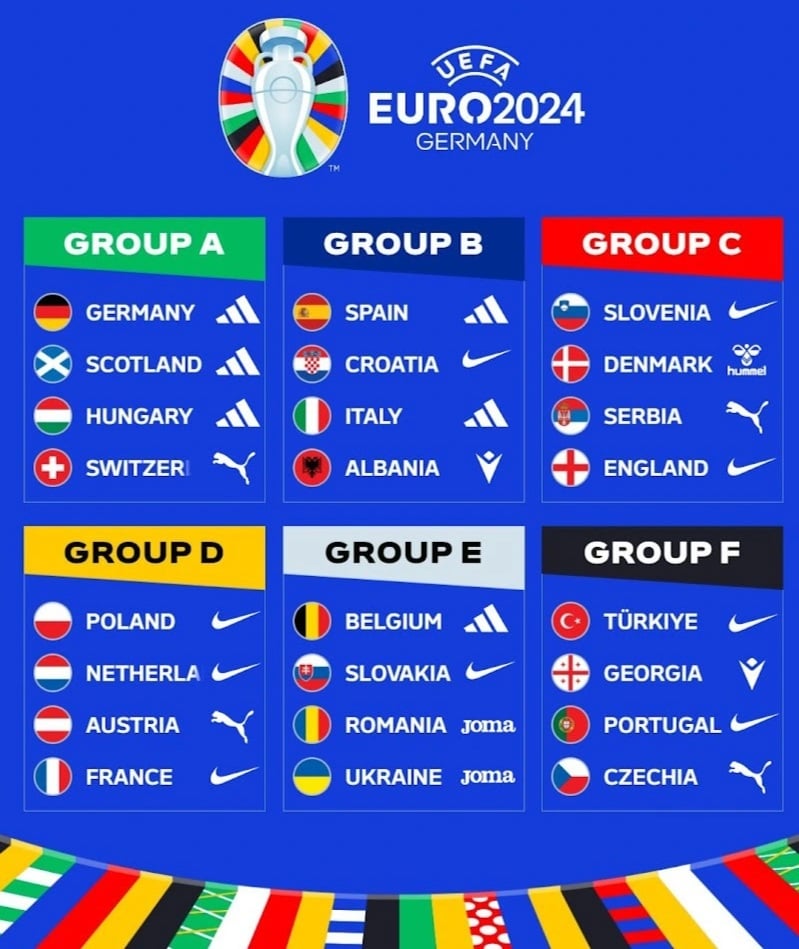
The three brands Nike, adidas and Puma have a big advantage at Euro 2024 (Photo: Footy Headlines).
Based on FIFA’s official world rankings, Nike was able to achieve a visibility of 64.71% across all matches at this year’s summer tournament. Furthermore, the brand’s visibility only became more prominent as the tournament progressed.
GlobalData estimates that the US brand spends $132.99 million (VND3,380 billion) per year on these deals. The only brand that comes close to this spending is adidas, with a comparable annual spend on Euro 2024 kit deals of $112.31 million (VND2,854 billion).
When TGM Research (a market research company) asked more than 10,000 people to name the first brand that came to mind when thinking about Euro 2024, adidas and Nike topped the list of answers. Next were beverage brands, cars... According to the study, adidas accounted for 25.5%, more than twice as much as Nike (11.9%).
Obviously, Nike has more contracts than its German rival, spends more money than its competitors in the market and is more likely to appear in the final. But after the semi-final between Spain and France, the race became more intense when Spain (sponsored by Adidas) reached the final.
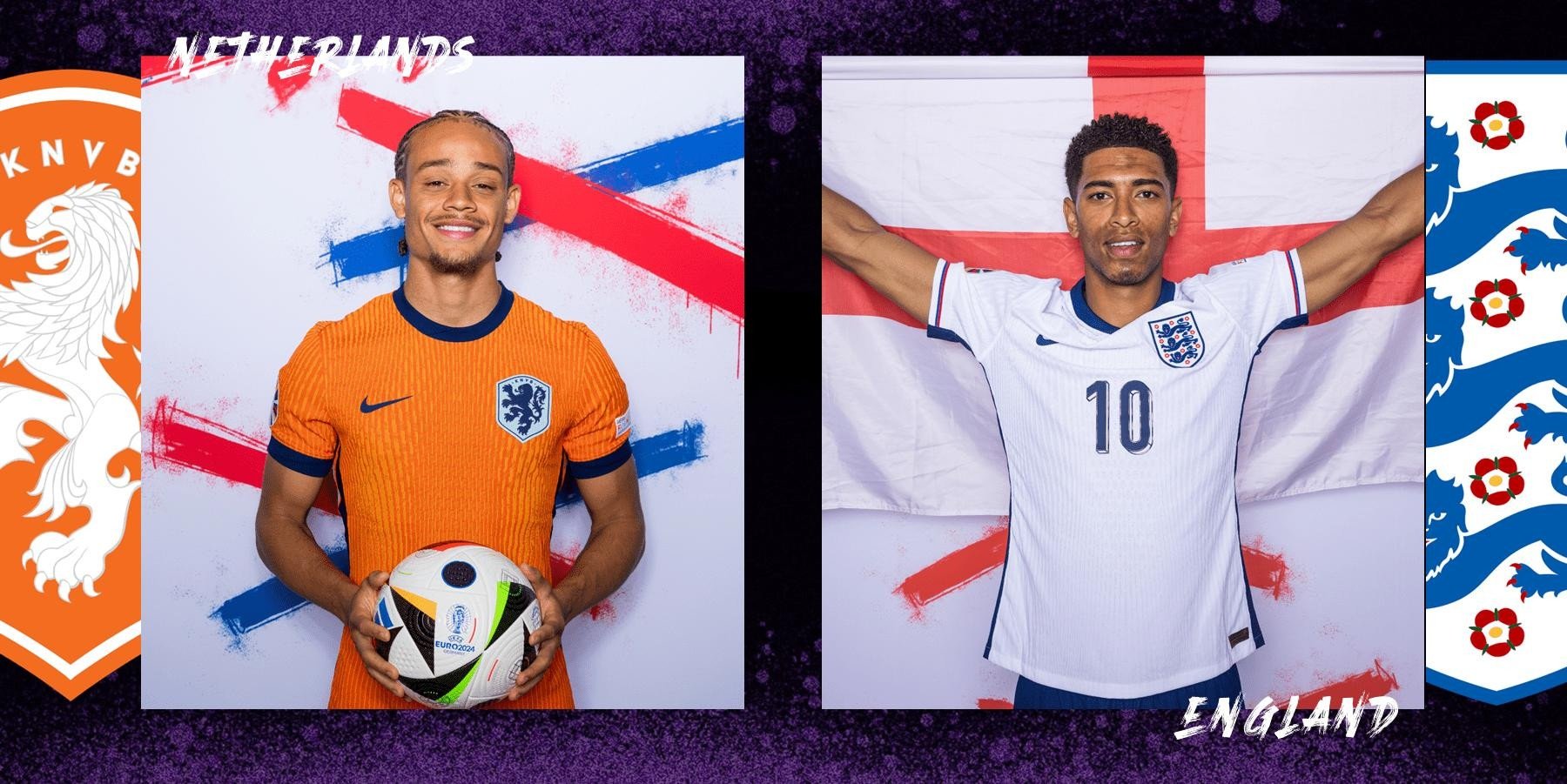
The jerseys of the Netherlands team (left) and the England team (Photo: Opta Analyst).
lucrative market
Peter Rohlmann said that no national team has a shirt sponsorship deal as big as Germany. Adidas has sponsored the German Football Association (DFB) for more than 70 years. But at the end of March, the DFB suddenly terminated the contract with Adidas and decided to give the opportunity to Nike.
The American brand made the best financial offer and impressed with the content of its vision, which included a clear commitment to supporting amateur and grassroots sport, as well as the sustainable development of women's football in Germany. Therefore, in the period 2027-2034, the logo of the American competitor will appear on the German national team's jersey.
The DFB did not disclose how much the new deal was worth. However, according to news agencies, Nike will pay the DFB 100 million euros (over 2,751 billion VND) annually from 2027 to 2034. This is double the 50 million euros (over 1,375 billion VND) paid by Adidas.
Professional clubs are paid even more. For example, Adidas is said to have spent 120 million euros (more than 3,301 billion VND) to renew its 10-year contract with Manchester United, and 150 million euros (more than 4,126 billion VND) with Real Madrid.
These sums reflect the fact that clubs play at least four more matches per year than national teams, meaning the shirts are seen on the pitch more often.
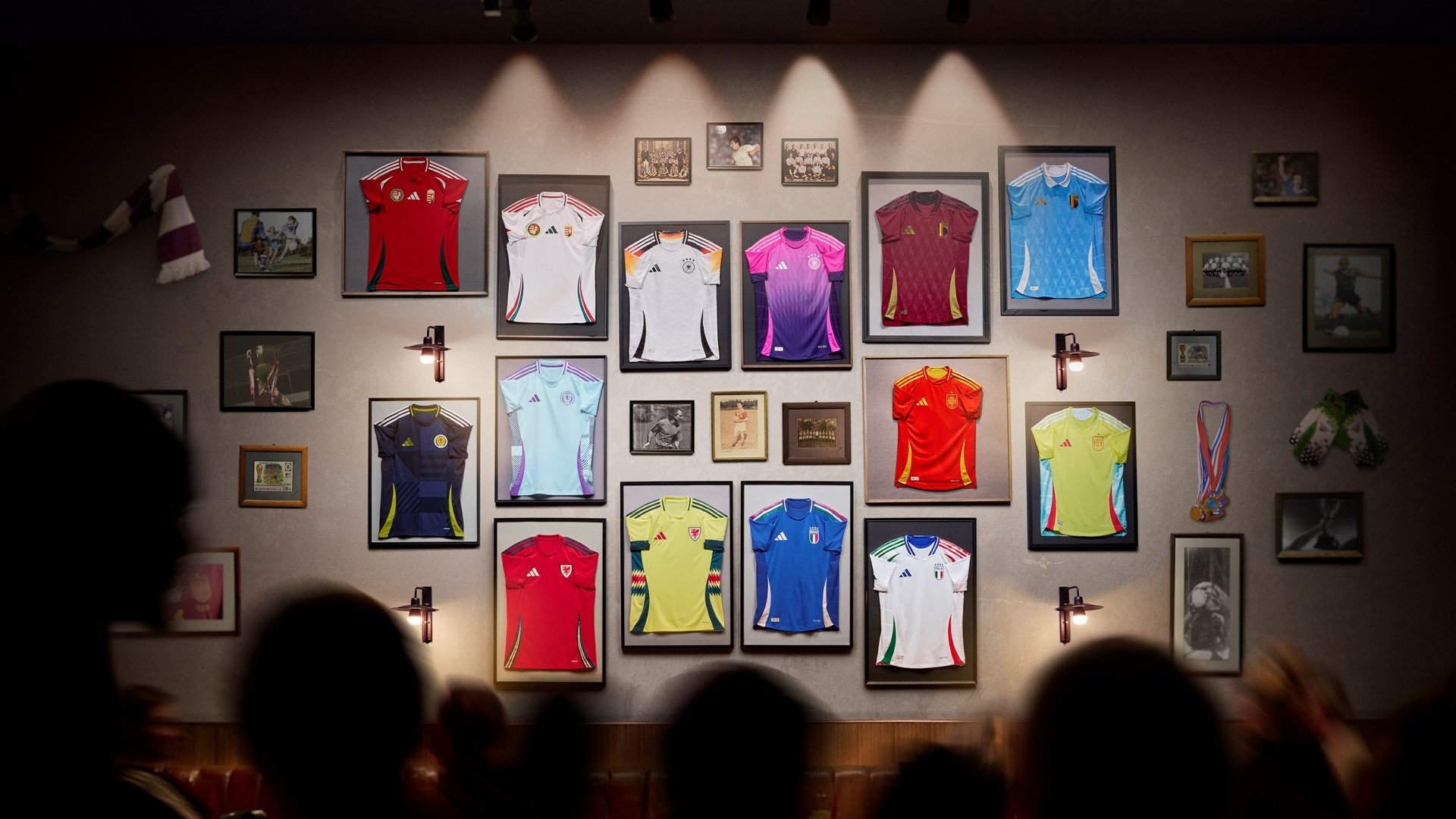
The adidas design team focused on bringing a fresh and unexpected perspective to what was already there, while also respecting and staying true to their football heritage (Photo: adidas).
No sportswear manufacturer would ever recoup that money from sales, Rohlmann added. “There are still doubts about whether sponsorship deals are really worth it to companies,” said Markus Voeth, a business professor at the University of Hohenheim.
“Direct sales are rarely generated. Only about 12% of respondents primarily seek out brands that sponsor the Euro tournament when they buy goods or services,” he added.
“The kit suppliers were losing money if you look at it from a purely commercial perspective,” says adidas CEO Björn Gulden. “At the time, everyone thought that shirt sales would skyrocket… but they didn’t. That makes sense.
Suppose Germany wins the European Championship. Will the whole world go out and buy German shirts? No, mainly Germans."
DW reports that the most popular version of the German national team's kit to date is the official white adidas home kit, followed by the pink version. "The away kit is the best-selling in the history of all German kits," company spokesman Oliver Brüggen told German broadcaster ZDF .
Source: https://dantri.com.vn/giai-tri/dua-nhau-do-tien-tai-tro-ao-dau-adidas-hay-nike-lai-nhat-tai-euro-2024-20240710205939911.htm



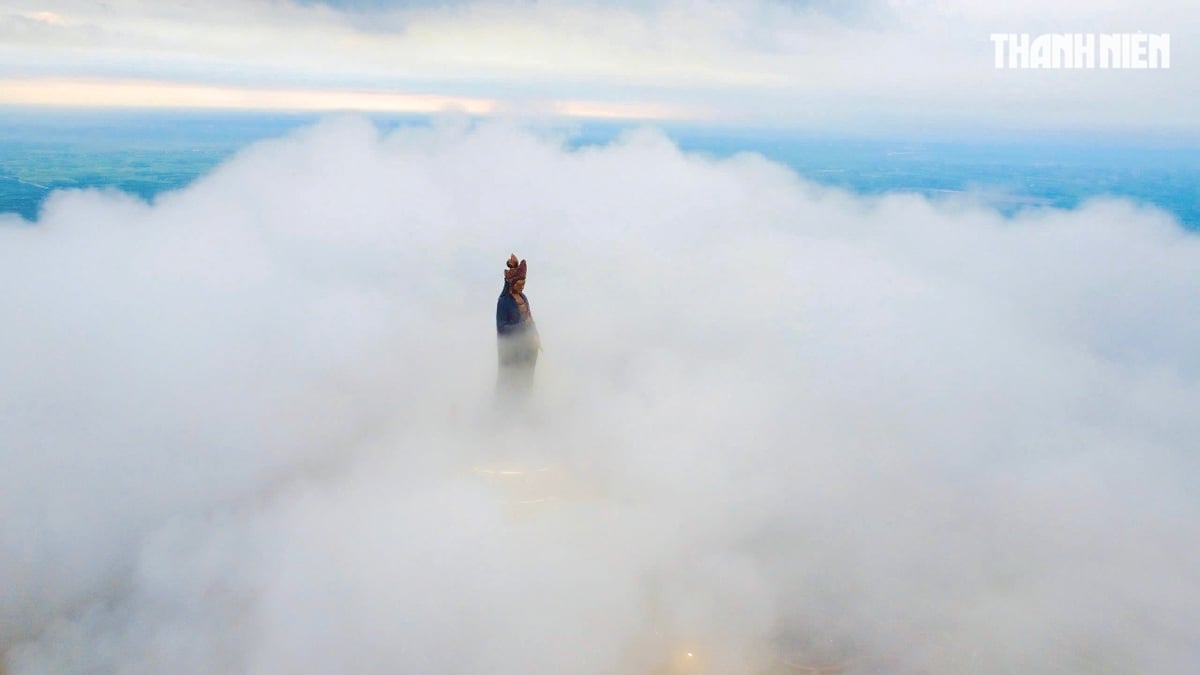
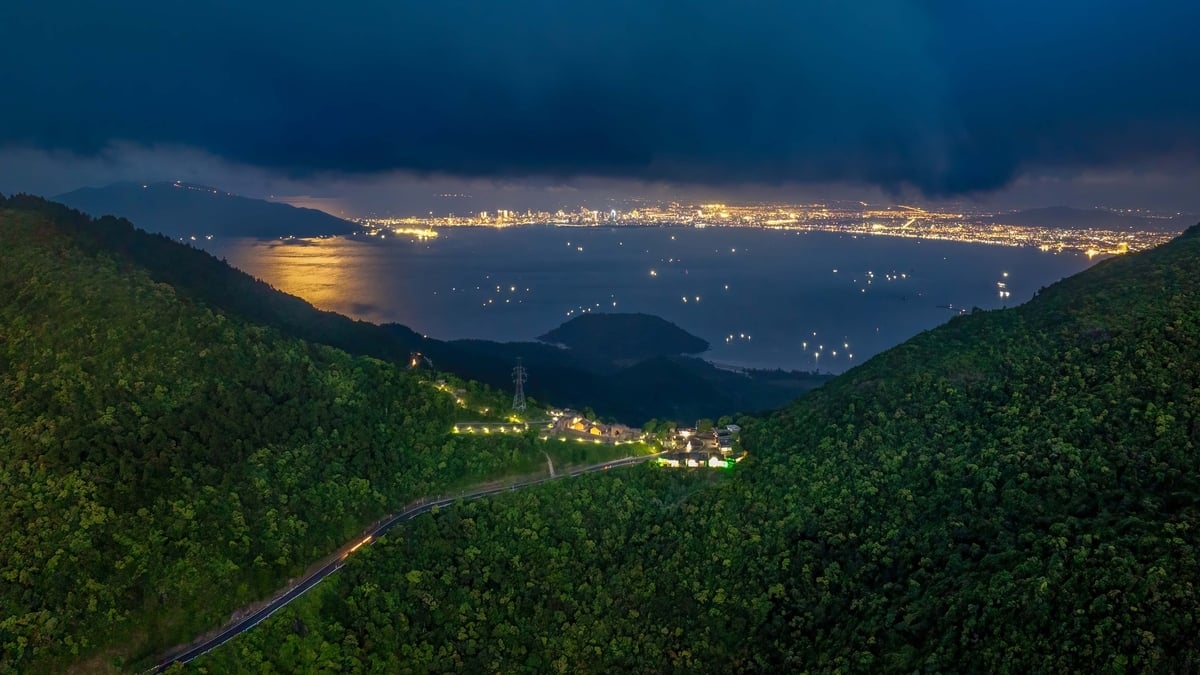
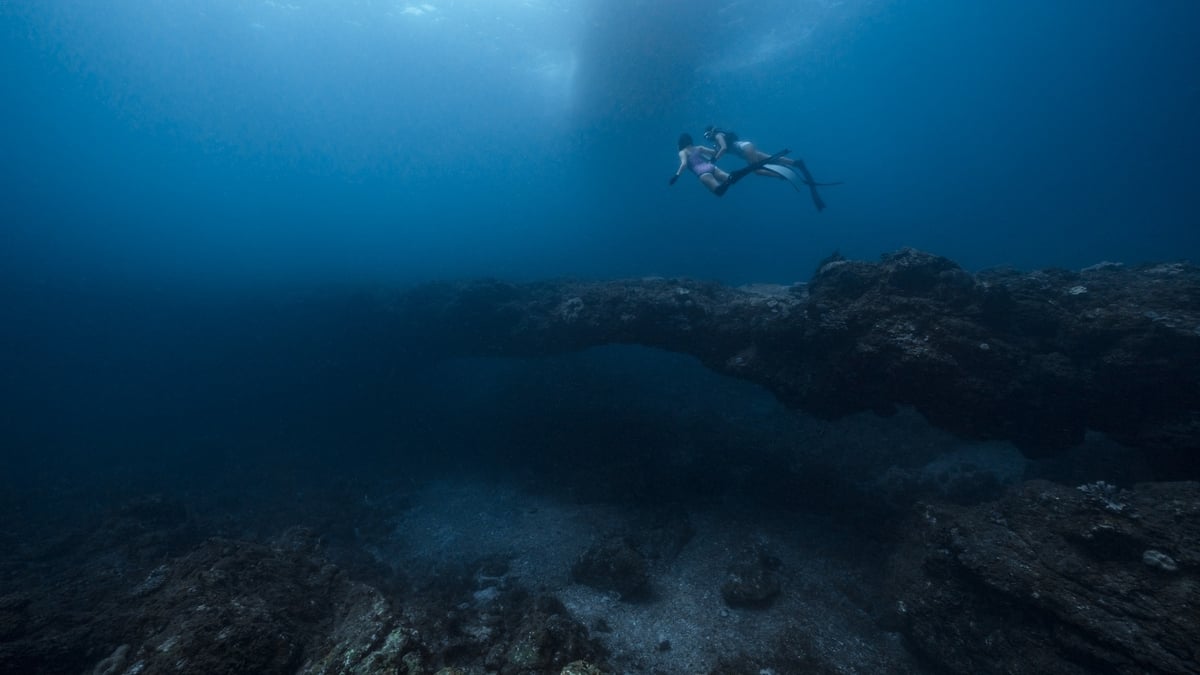
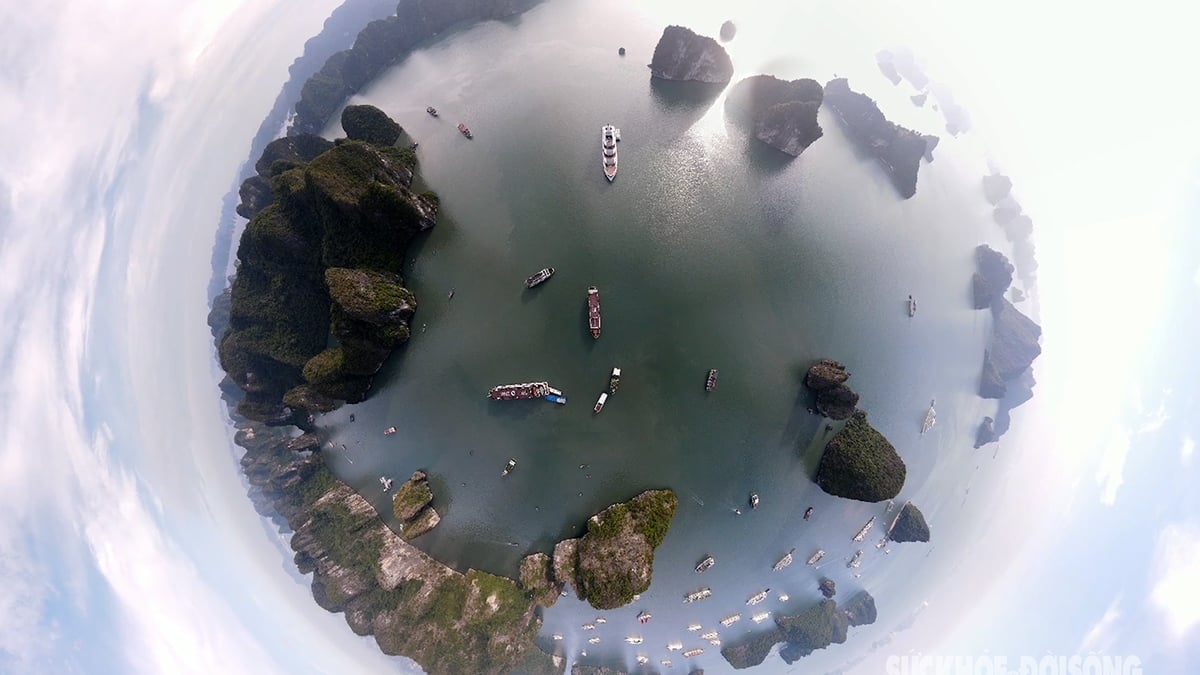
![[Photo] Prime Minister Pham Minh Chinh chairs a meeting on the implementation of the Lao Cai-Hanoi-Hai Phong railway project.](https://vphoto.vietnam.vn/thumb/1200x675/vietnam/resource/IMAGE/2025/5/20/0fa4c9864f63456ebc0eb504c09c7e26)
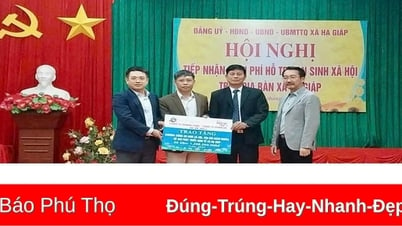

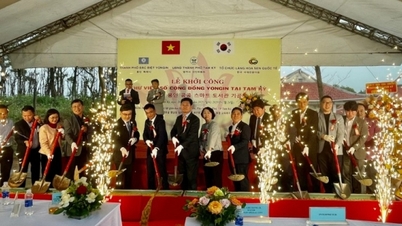


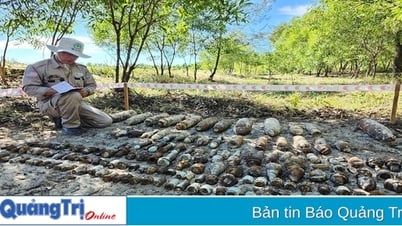

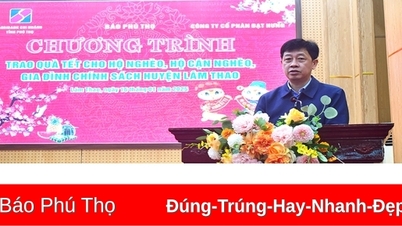
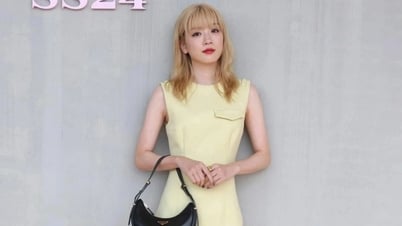
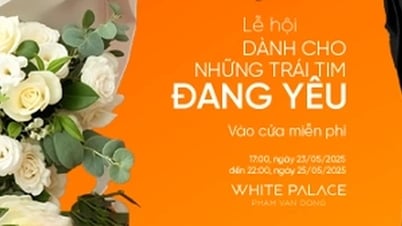
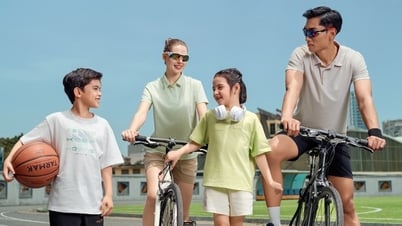
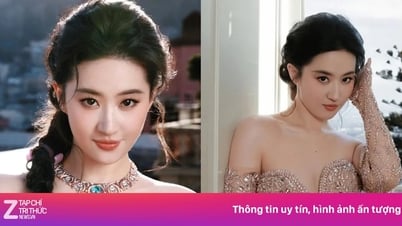

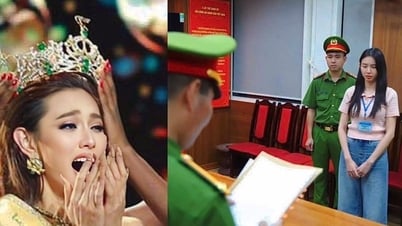






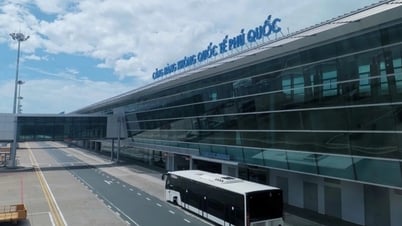

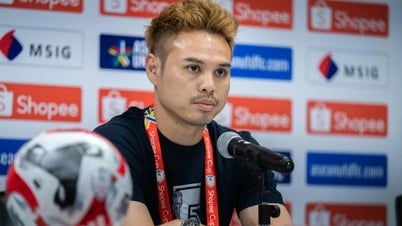
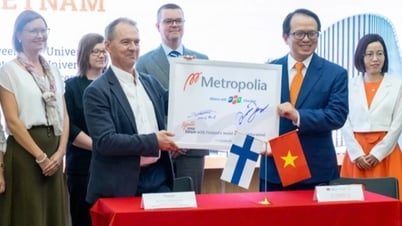
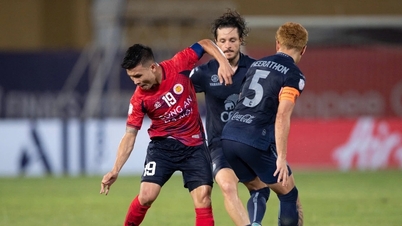
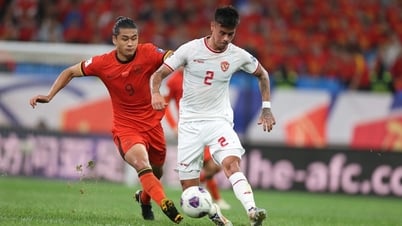
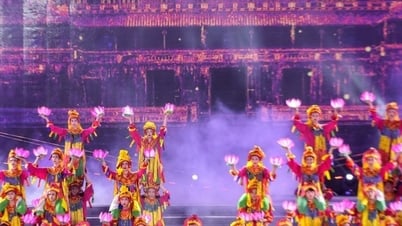

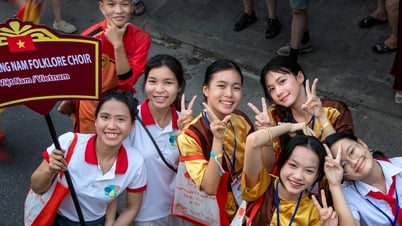


















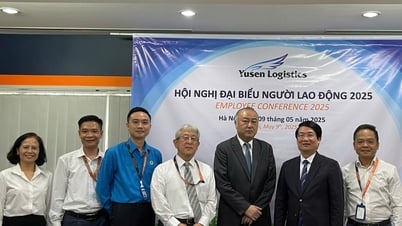

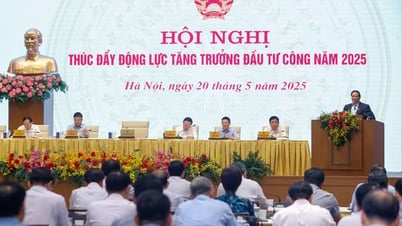




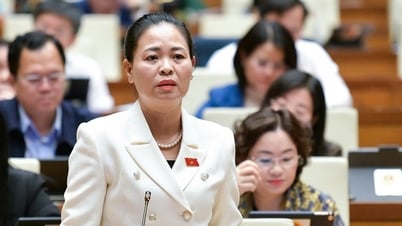

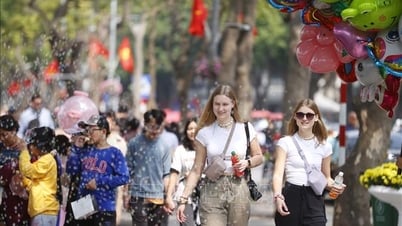

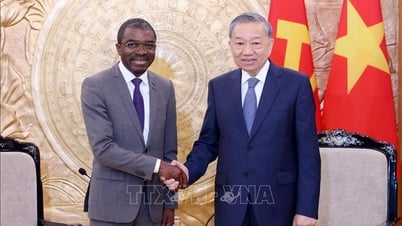


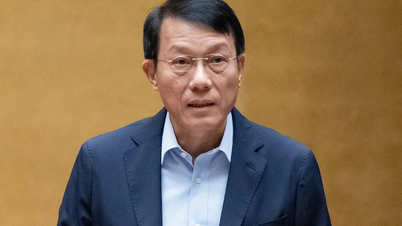
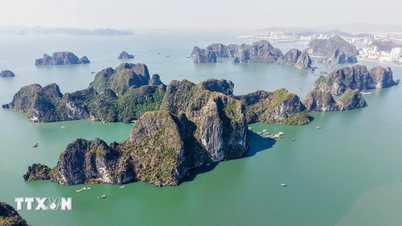
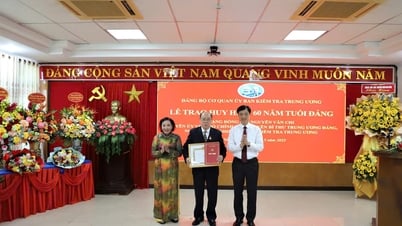

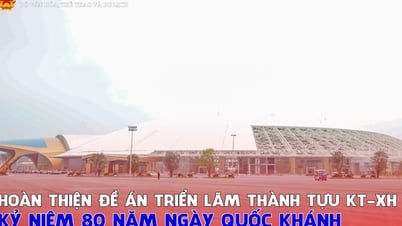

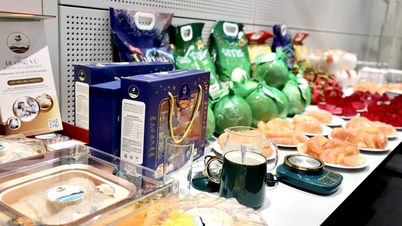

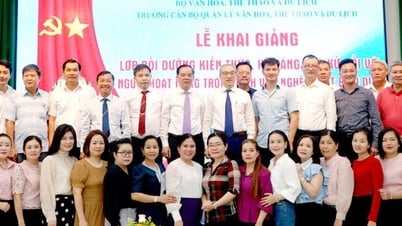
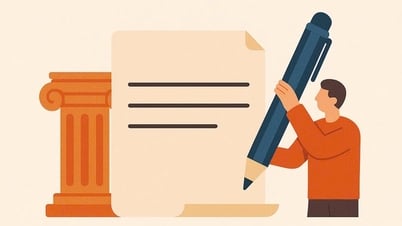
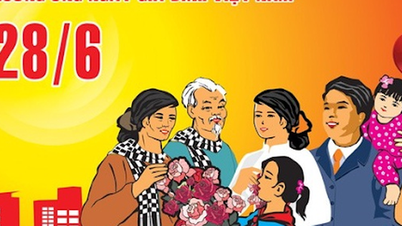
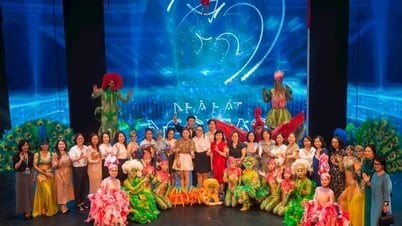

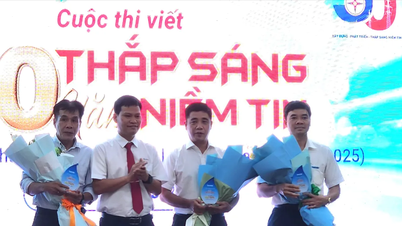

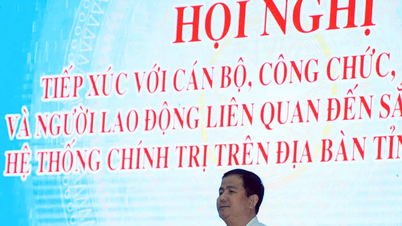


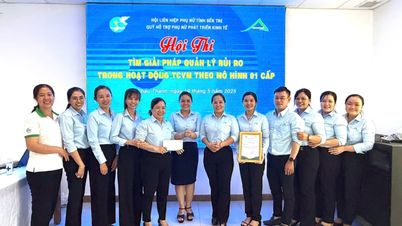

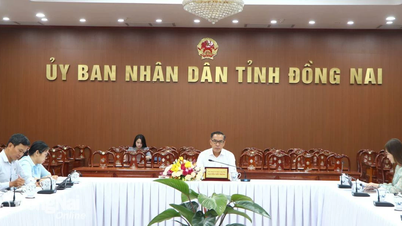













Comment (0)